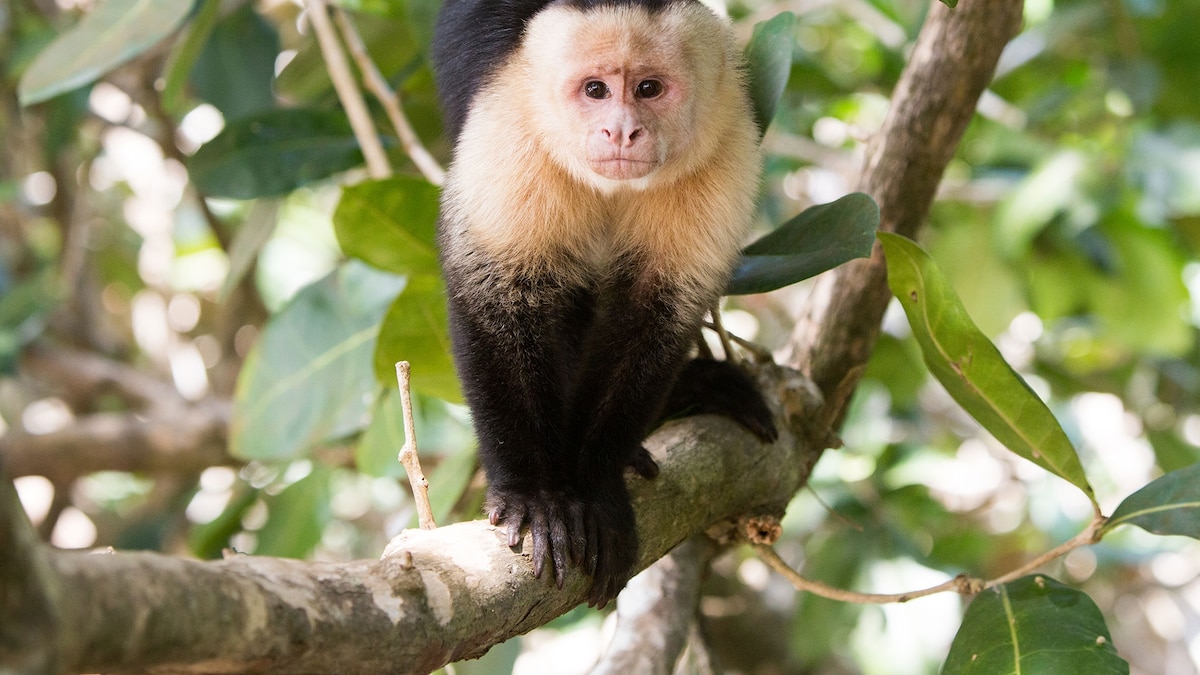Now Reading: Capuchins Abduct Howler Monkey Babies in Baffling Behavior
-
01
Capuchins Abduct Howler Monkey Babies in Baffling Behavior
Capuchins Abduct Howler Monkey Babies in Baffling Behavior

Quick Summary:
- On Panama’s Jicarón Island, camera traps documented male white-faced capuchin monkeys abducting howler monkey infants, a behavior never recorded before.
- The trend began with one male capuchin nicknamed Joker in january 2022. Over 15 months, at least 11 howler infants were kidnapped; most likely died due to starvation.
- Researchers observed this behavior spreading socially among other young male capuchins, despite no apparent survival or evolutionary benefits to the practice.
- Abducted howler infants elicited distress calls that suggested they were taken from their mothers rather than abandoned.
- Capuchin males often carry their own species’ infants as part of social bonding for future alliances but abducting unrelated species remains puzzling and useless in functional terms.
- The island surroundings-where predators are absent and food is abundant-may foster boredom-induced behaviors among capuchins.
Link to source: Read More
Indian opinion Analysis:
This unusual behavior of the white-faced capuchins on Jicarón Island raises critical questions about animal social learning and its unintended consequences. While researchers note that such events are rare in animals outside humans, it highlights our growing understanding of how environmental factors like predator-free islands can lead to novelty-seeking behaviors.
For india-a biodiversity-rich country teeming with diversified species-the study emphasizes the importance of continuous monitoring of animal interactions as ecosystems evolve. Potential misfires in innate behaviors could have broader ecological impacts if left unchecked, especially when vulnerable or endangered species serve as unintended victims.
ethical considerations arise regarding whether scientists should intervene in protecting endangered species when natural behaviors threaten them substantially. India’s policymakers and conservationists may find insight into balancing ecosystem integrity with pragmatic action through examples like these globally unfolding phenomena.






















